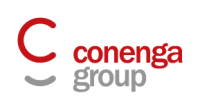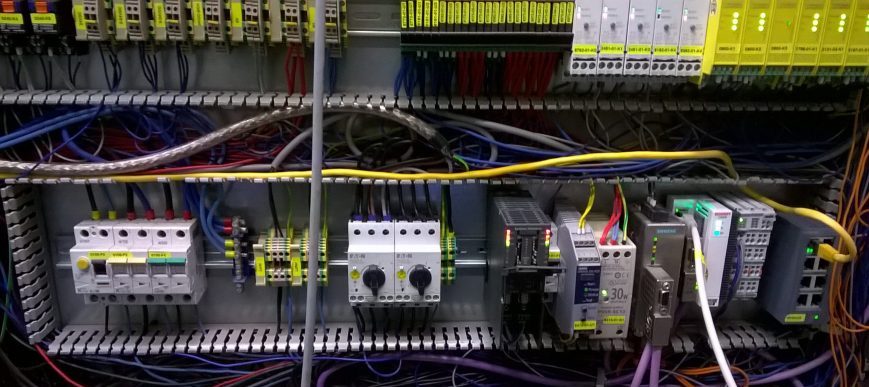Bring knowledge and key information to light
Using data mining, the really important information is extracted from process data and the operation of your industrial plant is raised to a new level of detailed data transparency. Recording the data in archive servers is only the first step in obtaining information and knowledge from this data. Make the information contained in the data tangible and usable with us!
Key benefits of data mining
- The important, economically and technologically usable information from the recorded process data is displayed.
- Systematic elaboration of complex relationships, that e.g. with spreadsheet programs can hardly be found and displayed
- The results of data mining processes are traceable and repeatable
- Comprehensive analyzes with up to several hundred channels can be carried out quickly and systematically
- Locations can be made comparable (benchmarking)
- Optimization potentials are made visible and quantified
- Complex relationships can be shown graphically and provide a basis for decision-making for the economic optimization of your industrial plant
CHORUS DIGITAL is your partner if you want to use this advanced but proven technology in your company.
Project steps in data mining projects
We work according to the CRISP standard procedure for acquiring knowledge from databases (e.g. from process data):
This process was developed by well-known participants from a funding project of the European Union and consists of six phases with respective sub-phases, some of which are repeated.
CRISP – Cross-Industry Standard Process for Data-Mining
The six phases in the life cycle are:
- Business Understanding
In this first phase, the goals and requirements are defined from the perspective of the client. From this, the specific task and the basic procedure are defined. - Data Understanding
On the basis of initial data and training, the examination of qualitative relationships, analysis of data quality, initial relationships and interesting plant areas as well as technological aspects are developed. - Data Preparation
A valid (adjusted) data set for performing the modeling is obtained from the first data. For this purpose, suitable instances and attributes are selected and values are converted, supplemented or deleted if necessary. If necessary this stage can be run through several times. At this stage, if necessary outliers are identified and detected closed-loop effects and considered. - Modeling
The appropriate data mining methods are applied to the data and their parameters are optimized. As a rule, there are several suitable procedures (with several possible parameter combinations) for the specific task, often with different prerequisites, which is why the third phase and this may have to be run through several times. At the end there should be a ranking of the models used. - Evaluation
The model that best fulfills the task is formed from the findings of the fourth phase. The individual steps for generating the model are checked again in detail for their correctness in terms of the task and the final model is tested very carefully. Every aspect of the task must be considered. At the end of this phase, agreement should be reached on the usability of the results. - Deployment
The knowledge gained is processed graphically, in tabular form and numerically so that the client’s goals are met. This can range from the simple creation of a report to the integration of a model into a decision-making process or a process control system of the client or even into a permanently installed, repetitive data mining process on the part of the client.
In terms of cost-effective data mining projects for our customers, we mainly use open source software.
We have experience in data export from Osi-Soft PI systems and use of the process book to visualize identified models for use in regulating and / or monitoring your industrial systems.

